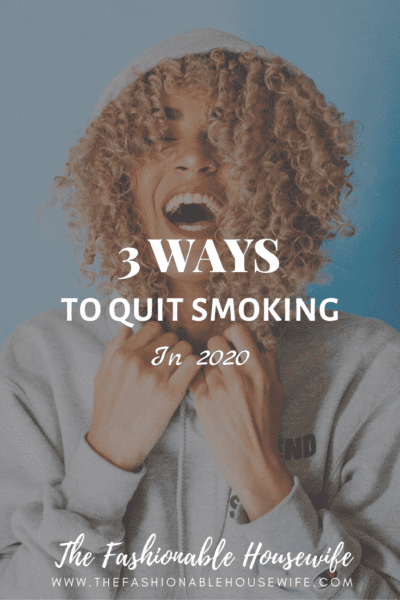
Did you know? Only 3 in every 100 smokers manage to quit smoking permanently by going cold turkey, that’s a staggering 97% fail rate.
Unless you have the willpower of a saint, quitting cold turkey is a near-impossible feat. First of all, it’s hard work, second of all, chances are you’ll cave in, have a cigarette and feel guilty for the rest of the week.
Let’s use dieting as an example, everybody knows that yoyo dieting never works, it’s in the name! You start the week with 100% motivation, go full throttle and exclude all fat, carbs and sugar from your diet and with each day that passes you lose a little bit more motivation until you inevitably cave in, consume 10,000 calories and promise to start again on Monday.
That’s because diets don’t work, in order to successfully lose weight and maintain that loss, you need to change your behavior towards food, it’s exactly the same when quitting smoking, or any other addiction. It takes time, willpower, determination and a complete change in your behavior towards smoking.
The first and most important step in quitting smoking is controlling your cravings, if you can control your cravings for a cigarette, you will significantly boost your chances of quitting for good.
There are various ways that you can manage your cravings:
Nicotine Replacement Therapy
The NHS states that the most effective way to tackle cravings is a combination of Nicotine Replacement Therapy and behavioral changes. They go on to state that going cold turkey may be appealing and works for some, but research suggests that willpower alone isn’t the best method to quit smoking.
Nicotine Replacement Therapy includes patches, lozenges, nasal spray, and gum. It is usually advised to use the patch alongside either lozenges, the spray or the gum.
You can purchase NRT’s in your local supermarket or chemist.
Prescription Medication
The FDA has approved two different medications as a smoking cessation aid. One is bupropion, this is sold under the names Wellbutrin and Zyban. What is bupropion used for? Bupropion is an antidepressant drug approved by the US FDA for the treatment of depression and aid for smoking cessation. The other alternative is varenicline, sold under the names Chantix or Champix. The aim of these medicines is to reduce cravings and allows users to cut down on their cigarette consumption gradually.
To try one of these medications you will have to book an appointment with your doctor or visit a local stop smoking clinic.
E-cigarettes
A major UK clinical trial published in 2019 found that, when combined with expert face-to-face support, people who used e-cigarettes to quit smoking were twice as likely to succeed as people who used other nicotine replacement products, such as patches or gum.
With the invention of e-cigarettes, it has never been easier to quit smoking and with a wide range of flavours and devices available, there is something to suit everyone.
A question we are commonly asked is ‘Isn’t vaping just replacing one addiction with another?’ and our short answer is no.
Our long answer refers back to our diet analogy. The chances are, you have decided to try and quit smoking for one of two main reasons – health, money or both.
If you are quitting for health reasons, would you consider switching from full fat foods to low-fat foods replacing an addiction? No – because it is all about making small changes to improve your health.
E-liquid flavours come in a range of different nicotine strengths. Starting with a nicotine strength comparable to a typical cigarette, users can then reduce the nicotine strength until they find they are no longer reliant on nicotine.
In conclusion, quitting smoking is incredibly hard, whether you decide to go cold turkey or reduce your nicotine consumption gradually, the benefits of quitting are tremendous, and you shouldn’t be afraid of trying different methods to find the best option for you. Whatever method you choose, they key to success is perseverance.



